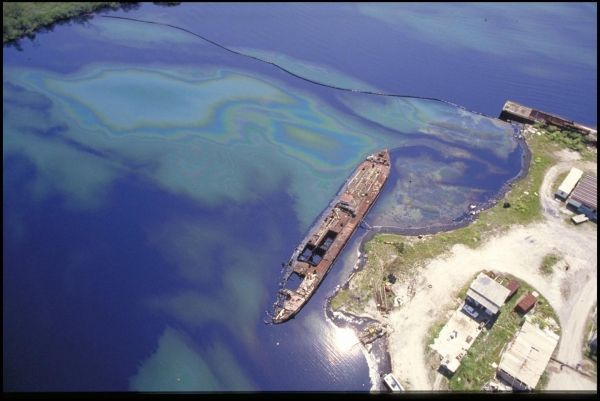The near-shore habitats of Bahia Las Minas in the central Caribbean coast of Panama became heavily contaminated after a refinery accident in 1986. Over the next five years, there was a significant decline in the numbers and diversity of corals. Thirty years later, researchers from the Smithsonian Tropical Research Institute (STRI) and collaborating institutions report on the long-term changes of the oil spill on coral communities. Their findings were published in the journal Marine Biodiversity.
Oil pollution is known to cause lethal and sublethal responses on coral communities in the short-term, but its long-term effects have not been widely studied. The Bahia Las Minas oil spill, which contaminated about 40 square kilometers (about 15 square miles) near the Smithsonian’s Galeta Point Marine Laboratory in Colon and became the largest recorded near coastal habitats in Panama, served as an opportunity to understand how coral reefs in tropical ecosystems recover from acute contamination over time.
“Monitoring these coral reefs was complex, exhausting and intense due to the large spatial scale of the project,” said Héctor M. Guzmán, STRI marine ecologist. “Originally, we compared the contaminated refinery area with uncontaminated reef systems about 50 kilometers to the east between Portobelo and Isla Grande.”
After the first five years, the team found that the abundance and diversity of most hard corals (Scleractinia), some branching and massive corals, and fire corals (Millepora) had decreased in the affected area. Other organisms, such as crustose coralline algae, an encrusting stony kind of seaweed that grows in the gaps between coral reefs, and Agaricia tenuifolia, a lettuce type of hard coral, had increased.
Read more at Smithsonian Tropical Research Institute
Image: In 1986, a refinery accident heavily contaminated the near-shore habitats of Bahia Las Minas in the central Caribbean coast of Panama. (Credit: Smithsonian Archives)


